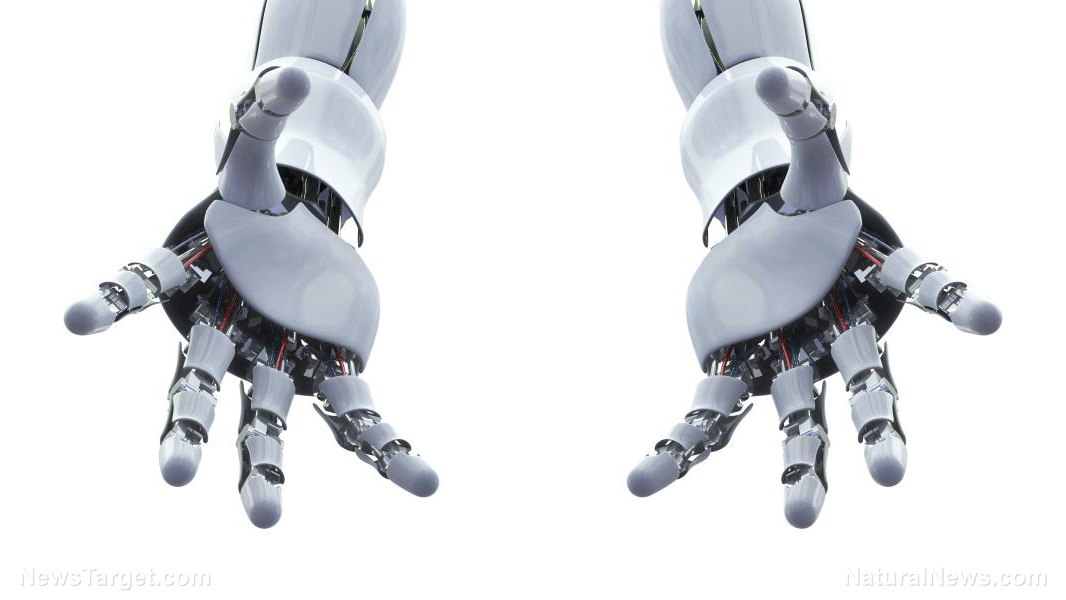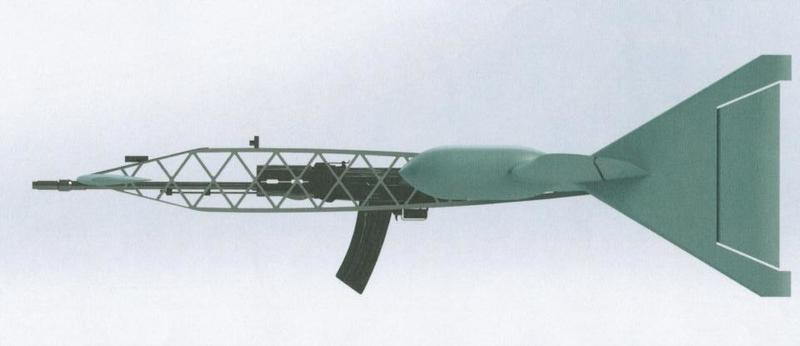Grab and sort: Can “ambidextrous” robots expedite package sorting systems?
04/03/2019 / By Edsel Cook

California-based researchers are working on giving robotic arms the ability to work ambidextrously. They hope that these ambidextrous robots will be able to sort packages in warehouses at a faster and more efficient rate.
Every new holiday season witnesses big improvements in the capabilities of electronic commerce (e-commerce) systems. The increasing speed and reliability of electronic purchases entice more and more customers to abandon traditional stores for online shops that deliver what they want to their doorsteps.
The increasing demand means e-commerce companies are faced with a constantly increasing volume of new and pending orders. The companies respond by spending lots of money on massive warehouses that can store a wide variety of items until it is time to deliver the package to the customer.
Traditional warehouses require a lot of human personnel for efficient running. However, there is supposedly a shortage of suitable workers who can handle the various duties in the new facilities.
Robotic grippers will soon be able to grasp almost any object
E-commerce companies are considering automating the warehouses. They want robotic systems that can handle packages faster than humans and tirelessly work all day and all night.
But their plan to use robot workers instead of human laborers has run into a hitch. Even the most advanced robotic grippers can only grasp a limited number of objects with ease and safety.
The typical robots found in an e-commerce fulfillment center use suction grippers. This type of gripper has a fairly secure grip, but it also suffers from a limited range of shapes that it can manipulate.
Furthermore, the robots have to undergo long periods of training to perform a single task. If a robot has to do more than one job or handle different items, the training takes even more time.
“Any single gripper cannot handle all objects,” explains University of California Berkeley (UC Berkeley) researcher Jeff Mahler. “For example, a suction cup cannot create a seal on porous objects such as clothing and parallel-jaw grippers may not be able to reach both sides of some tools and toys.”
Mahler and his colleagues reveal a new way for a robot to grasp a wide range of shapes. They say that their ambidextrous technique does not require every individual robot to undergo tedious training. (Related: Japanese researchers develop a prototype humanoid robot aimed at eventually replacing human laborers.)
AI picks the right robotic gripper for the job
Their Dexterity Network (Dex-Net) 4.0 system uses a reward function that is shared among many different types of robotic grippers. Dex-Net evaluates the chances of success of each gripper at grasping a particular object. It selects the gripper that has the highest chance of succeeding at the job.
The UC Berkeley research paper describes a training process for reward functions. The process uses structured domain randomization, a training model where virtual images are transferred onto real images via randomized rendering. This model also considers the context and structure of the scenario.
This training model is combined with analytical models of sensors and the attributes of a gripper. It can produce large synthetic datasets for training purposes, allowing Dex-Net to quickly learn which gripper will be most effective.
Mahler and company report that a Dex-Net robot with a parallel-jaw gripper in one arm and a suction cup gripper in the other can clear bins with very high reliability. The robot can handle as many as 25 new objects per bin.
“When you are in a warehouse putting together packages for delivery, objects vary considerably,” says UC Berkeley researcher Ken Goldberg, the head of the robotics lab that developed Dex-Net. “We need a variety of grippers to handle a variety of objects.”
Sources include:
Tagged Under: artificial intelligence, automated systems, automation, e-commerce, future tech, labor, machine learning, robot jobs, robot workers, robotic arm, robotic gripper, robotics, robots, technology, warehouse, warehouses

















